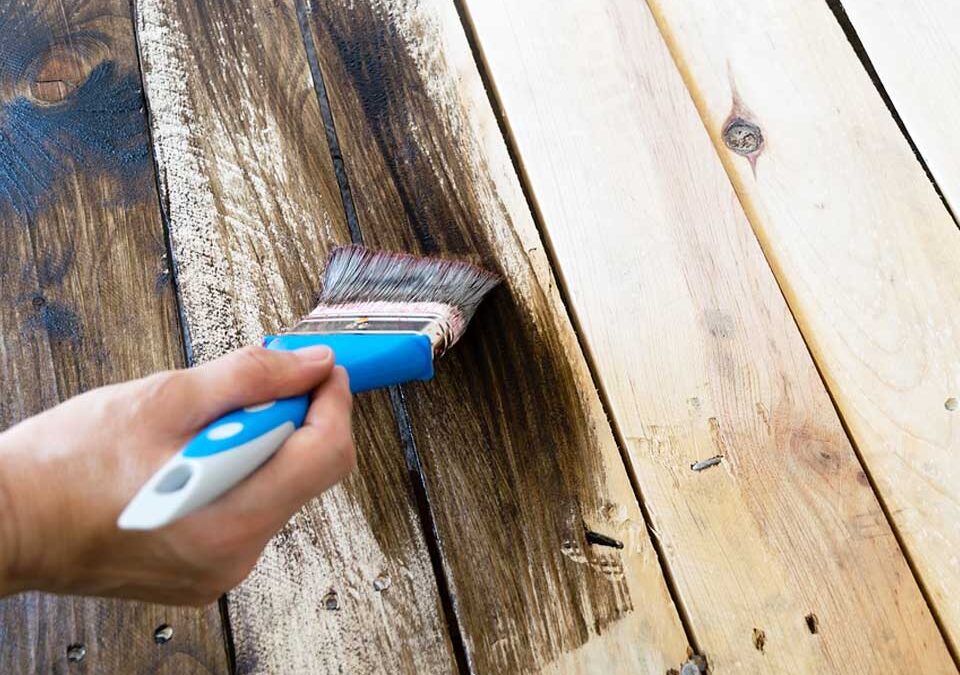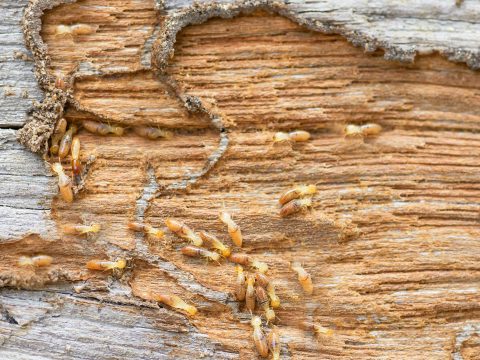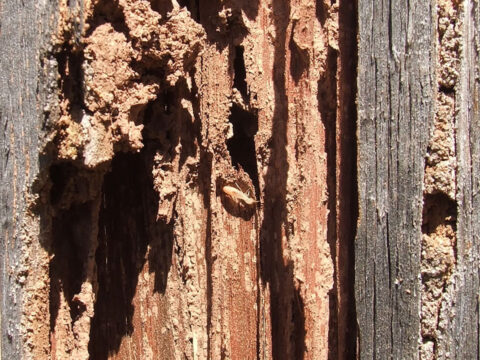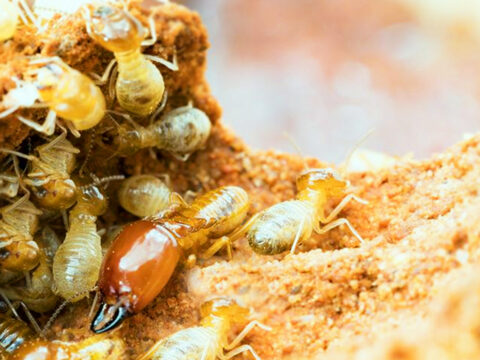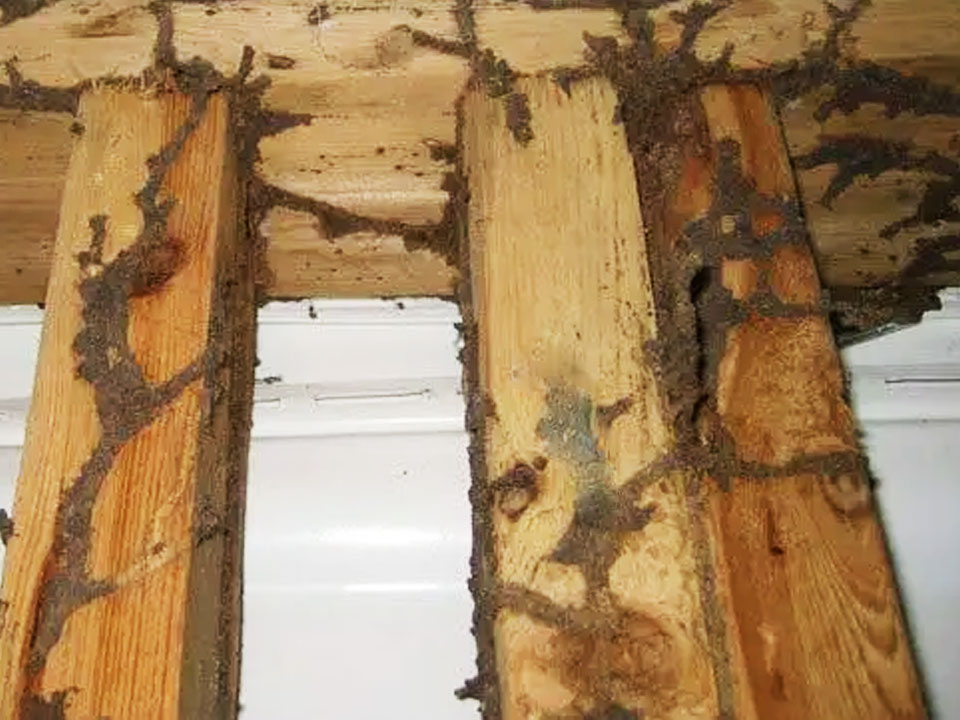
Can Termites Infest Pressure-Treated Wood?
March 11, 2022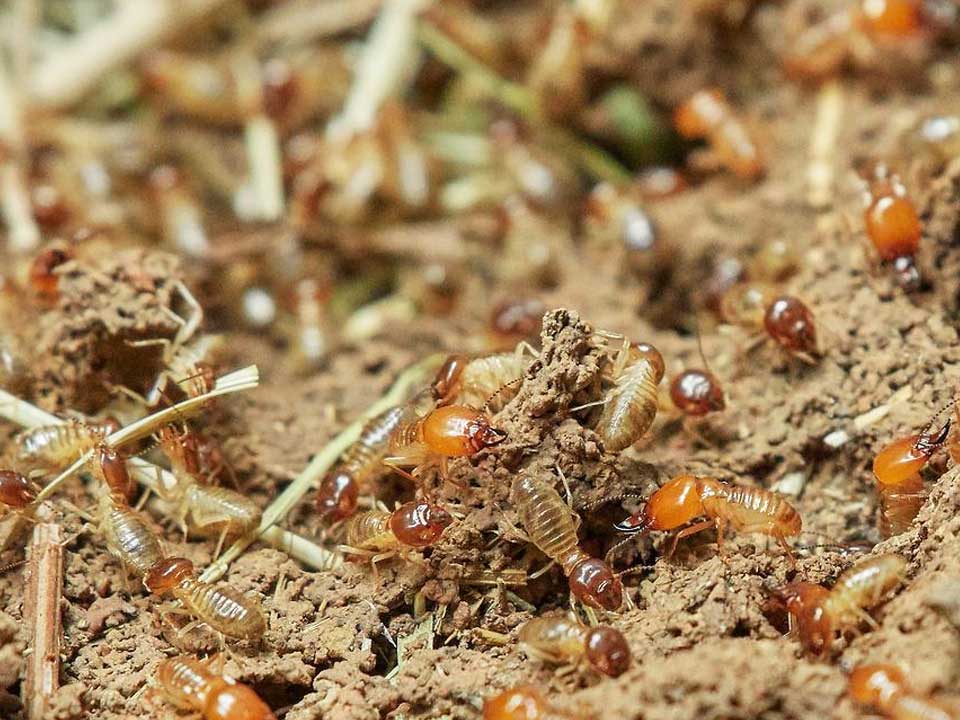
Are Termites Bad For Your Garden?
May 18, 2022Termites are the major enemy of wood. Owning a house with a wooden structure means heaven for termites.
Thus, many homeowners wonder whether painted wood can help prevent from termites infesting their homes. However, the sad news is that painting the wood does not entirely protect against these perils.
Will Termites Eat Through Painted Wood?
Naturally, termites would not move across the surface of a wooden structure just for the sake of eating all the paint off of it. But these pests are mechanically able to cut through a paint film in order to reach wood for food. They will drill a small hole through the paint film and immediately enter the unprotected layer of wood underneath it. They may also enter the center of the wood through cracks or breaks in the paint film.
Although the wood surface to which the paint has been applied has practically no effect, the number of coats of paint evidently has an important bearing on the difficulty that termites have in infesting wood through it.
So the time required to penetrate the paint film largely depends on the number of paint coats. Studies show that about 4 days are required to eat through a single coat, 12 days for two coats, and a month for three coats of paint.
Will Paint Protect Wood From Termites?
The use of paint for protecting wooden structures from termite damage and the value of paint in termite control has long been investigated. There have been no conclusive cases that would indicate that wood attacked by termites had been infested directly through a painted surface.
Wood can be highly resistant to termite attack provided that it has multiple coats of paint and there are no breaks or cracks in the protecting paint film. The infestation of wood through paint films that are in good condition is very rare. But infestations through an imperfect paint film, such as films that have been broken by weathering, tampering, or mechanical damage, are not uncommon.
Also, you must remember that paint can be useful only in regard to the drywood species of termites that infest wood directly from the outside.
A well-applied, continuous paint layer with many coats can make a wood structure highly resistant to drywood termite attacks. So, a paint film that’s properly applied and adequately maintained will certainly discourage drywood termites from attacking.
However, many times a perfectly painted wood structure might be infested with termites but the infestation does not occur through a painted surface. Drywood termites can readily infest wood through a broken or checked paint film. Oftentimes they will enter from the part of the wood that has not been painted such as the back of a board, or from another infested piece that was in direct contact with the painted one.
When it comes to termite treatment, paint alone is not an effective tool for exterminating these pests in infested wood. The vast majority of termites in the central layers of wood are found to be unharmed. However, where the paint has been applied generously, it often runs from the surface into the central layers and can kill a few termites that came into contact with it. So, paint applied just to the surface of infested wood has no value in exterminating the insects within it.
In short, termites can drill through a paint film to infest the wood it covers but this is not a general occurrence. Wood thoroughly protected by paint cannot be considered to be termite-proof but its resistance to infestations is undoubtedly much greater than that of comparable unpainted wood.
What Does Termite Damage Look Like Under Paint?
Termites are attracted to excess moisture. If your painted wood surface has moisture behind it, the structure will be prone to termite infestation and damage.
Even though there is no guarantee that there are termites present under the paint of the wood structure, a common sign of moisture or water damage is bubbling and peeling paint. The paint may raise, curl, form bubbles, flake in patches, and peel from the walls and ceilings.
Is There Termite Resistant Wood Paint?
In general, paint is used for the protection of exposed wood surfaces. Some paints show some resistance to subterranean termites, which extends the life of the wood by about a year. However, paints are not made for use in contact with damp soil. Moisture from the soil is absorbed by the wood through the paint film, causing the wood fibres to expand, cracking the painted surface, and causing the paint to flake off. When the paint film is damaged, its protective barrier is lost.
But it’s important that the paint has value to prevent damage by the drywood termites in wood used above ground.
Many paints these days show a wide spectrum of toxic power, distastefulness, and repellence to termites. These paints are infused with chemicals that are termite-proof in order to discourage pests. You may use them as an additional measure of protection, however, even the more reliable paints do not show complete protection from termites.
The hardness of the paint film should also be a factor in preventing termite infestation. As it can be logically expected of any paint, when comparing paints of varying degrees of hardness, the hard paints are known to be a little less liable to attack than the soft ones. An insect will find a hard paint film more difficult to attack and eat through than a soft one.
Chem Free Exterminating offers expert termite pest control in the Orange County area, California. Our team is highly experienced in finding and exterminating termite infestations. At first, we offer professional inspection so that we can determine the extent of the problem. Once we know the extent and what type of termites you have, we provide a reliable pest control service to ensure we get rid of the problem once and for all. So don’t hesitate to contact us today!

